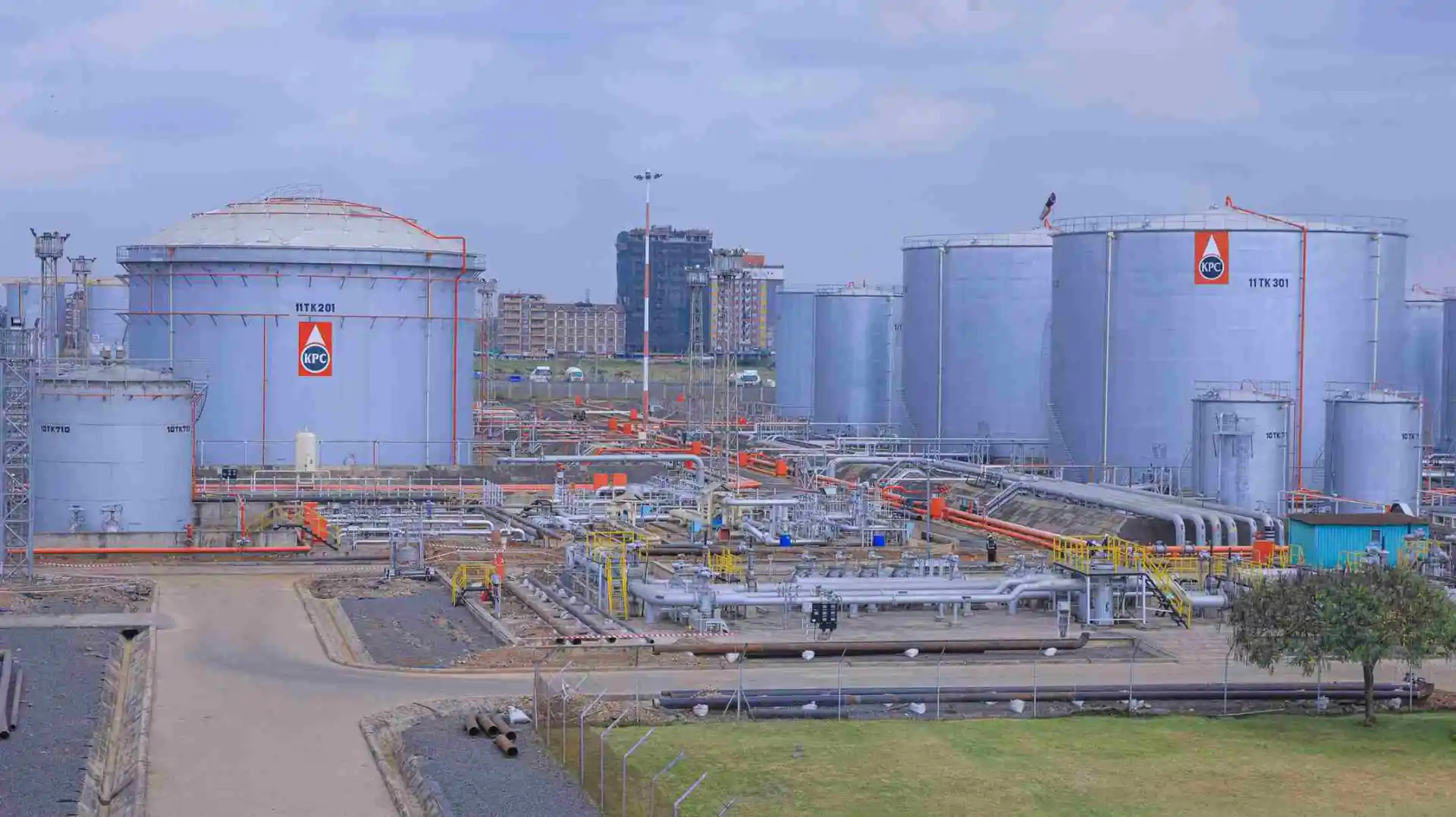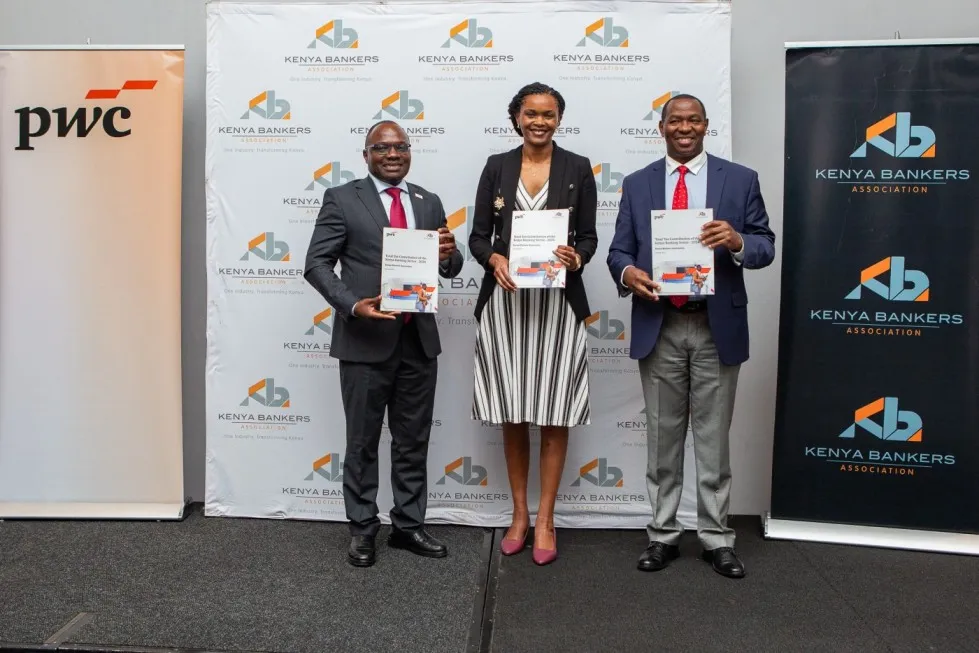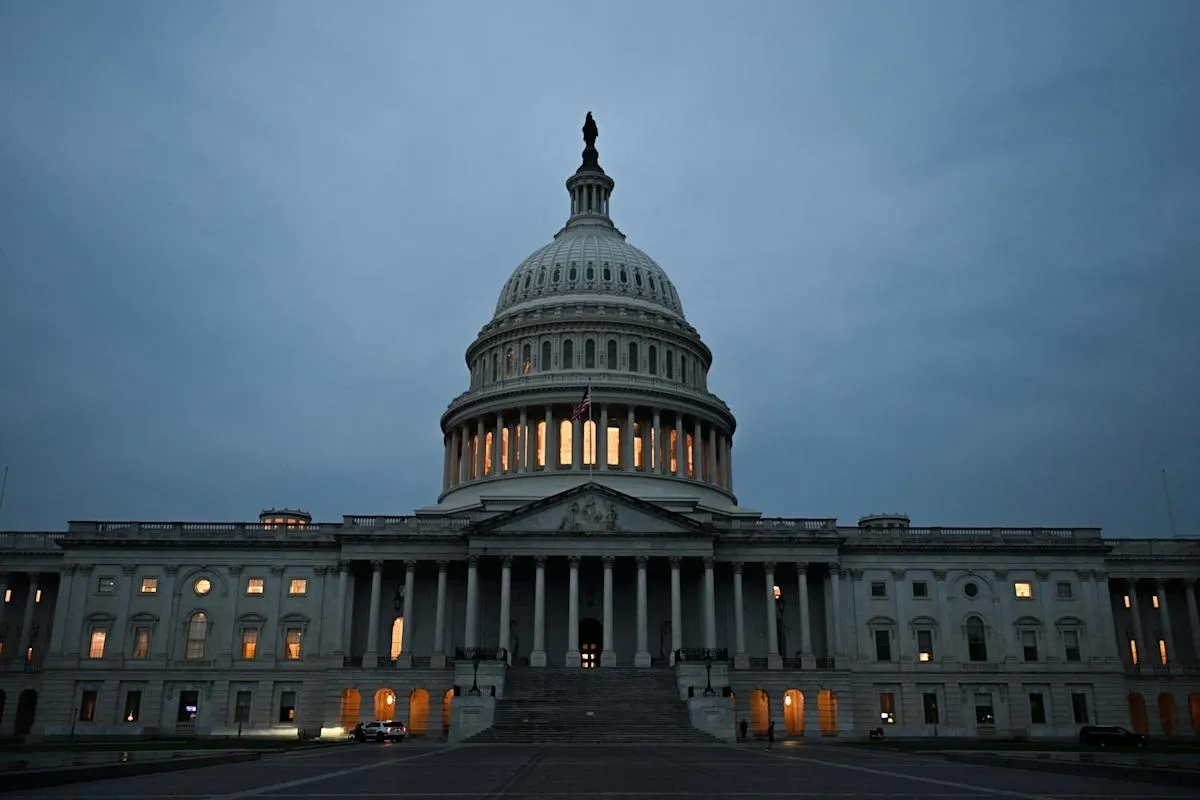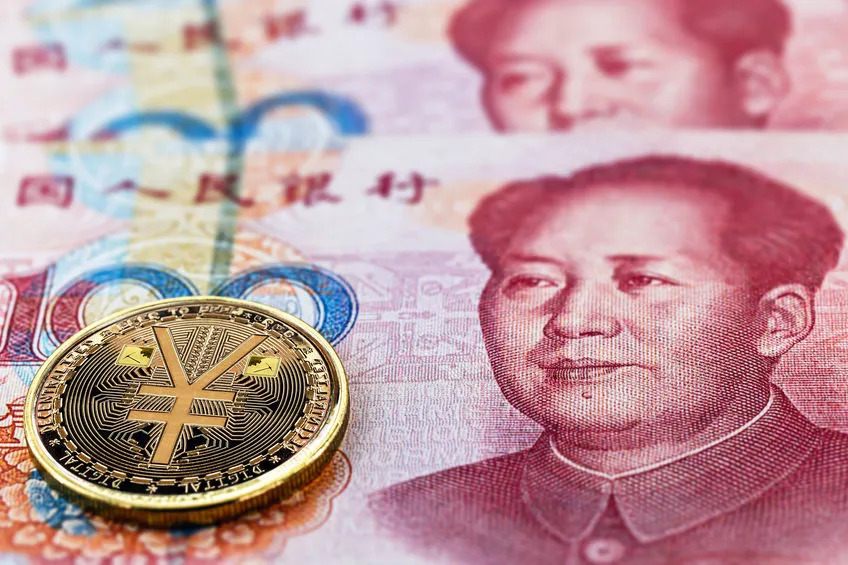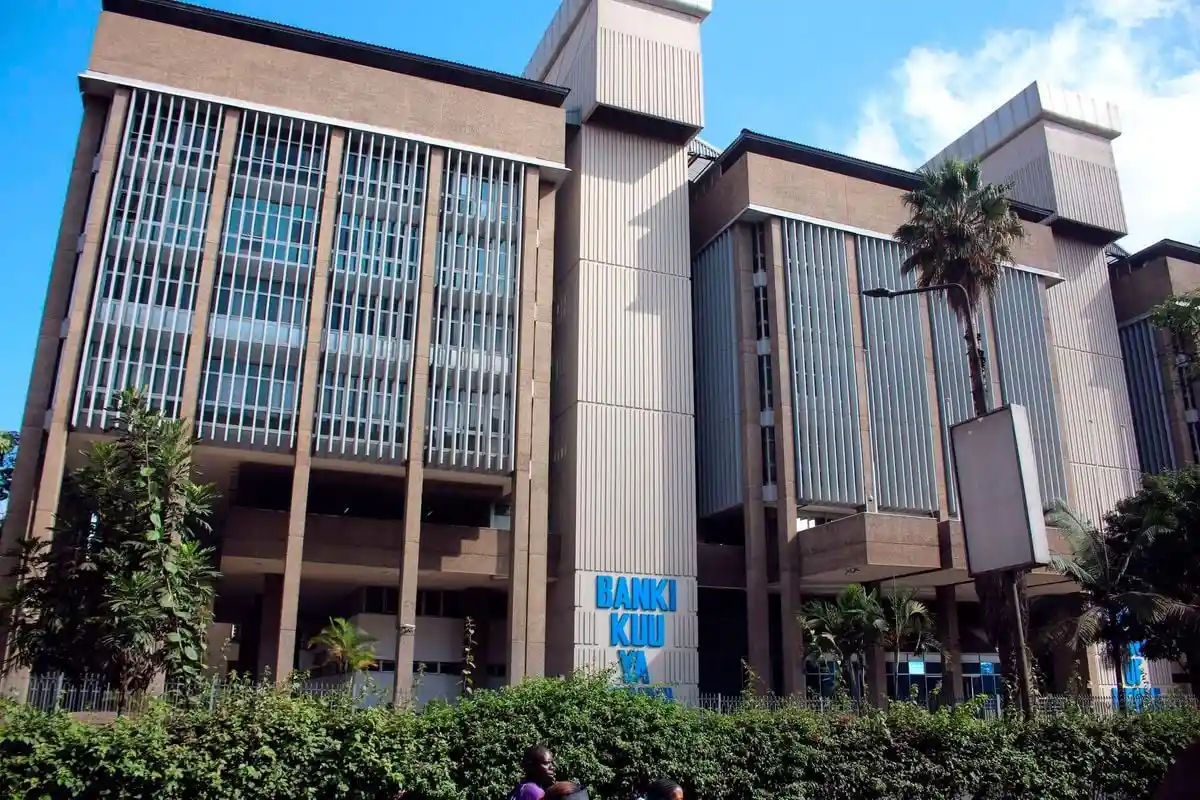The announcement by the Kenyan National Treasury to raise approximately KShs 100 billion through the privatisation of the Kenya Pipeline Company (KPC) marks a pivotal moment in the nation’s economic strategy. This plan, to be executed through an initial public offering (IPO) on the Nairobi Securities Exchange (NSE), is presented as a strategic move to address a range of critical fiscal challenges. While the government frames this as a necessary step to fund priority public services, reduce reliance on borrowing, and deepen the country’s capital markets, the proposal has sparked a complex and multi-faceted debate about the future of Kenya’s strategic state-owned enterprises. This comprehensive analysis delves into the intricate details of the plan, examining the government’s rationale, the legal and economic context, the potential benefits, and the significant challenges and risks that lie ahead.
Push boundaries, reach goals, achieve more. Whether it’s ACCA, HESI A2, ATI TEAS 7, HESI EXIT, NCLEX-RN, NCLEX-PN, or Financial Literacy, we’ve got the course to match your ambition. Start with Serrari Ed now.
KPC’s Strategic Role in the National and Regional Economy
To fully appreciate the gravity of the proposed privatisation, one must first understand the central role KPC plays in both the domestic and regional energy sector. Established as a state corporation in 1973 and commencing operations in 1978, KPC was created with the core mandate of providing a safe, efficient, and cost-effective means of transporting and storing petroleum products. Its primary objectives were to alleviate the heavy reliance on road and rail transport, reduce fuel costs, bolster energy security, and cement Kenya’s position as a key logistical hub for the East African region.
The company’s infrastructure is its most valuable asset. It maintains an extensive pipeline network spanning 1,342 kilometres, connecting the port of Mombasa to various inland depots. This network is the lifeblood of Kenya’s energy supply chain, ensuring that fuel reaches key markets and industries across the country. In the financial year 2023/24, KPC transported a staggering volume of petroleum products, solidifying its near-monopoly status in the bulk transportation sector. Its strategic importance was further enhanced by the acquisition of the Kenya Petroleum Refineries Limited (KPRL) in October 2023, which brought additional storage facilities and land crucial for future expansion. The company’s reach extends far beyond Kenya’s borders, serving as a vital link for landlocked neighbouring countries such as Uganda, Rwanda, Burundi, and the Democratic Republic of Congo. This regional dominance makes KPC not just a national asset but a critical pillar of East Africa’s economic integration and energy security.
The Legal Framework: Aligning with the Privatisation Act, 2005
The government’s plan is not a spontaneous decision but is rooted in a long-standing legal framework. The proposed privatisation of KPC was, in fact, included in the national Privatisation Programme that was initially approved by the Cabinet in December 2008 and officially gazetted in August 2009. This programme, guided by the Privatisation Act, 2005, lists the public entities slated for divestiture.
The latest proposal, as outlined in a Sessional Paper tabled in the National Assembly, is prepared in strict compliance with the provisions of this Act. Specifically, Section 23 of the Act mandates that for each entity on the privatisation programme, a detailed proposal must be prepared for Cabinet approval before being submitted to the National Assembly for consideration. The Sessional Paper, tabled by Treasury Cabinet Secretary John Mbadi, fulfills this requirement, detailing the objectives, performance of KPC, the proposed method of privatisation (an IPO), and how the company’s services will be maintained post-sale. The Kenyan Parliament website has confirmed that the National Assembly’s Committees on Energy and Public Debt have been tasked with jointly considering the Sessional Paper, a key step in the legislative approval process that ensures due diligence and public participation.
It is worth noting that while the 2005 Act provides the foundation, a newer version of the Privatisation Act, 2023 has also been in discussion, aiming to streamline the process. The government’s current move appears to be leveraging the established legal pathways to expedite the transaction, demonstrating a concerted effort to follow the prescribed legal and institutional channels.
The Economic Rationale: Fiscal Imperatives and Market Deepening
The government’s primary justification for the IPO is a direct response to Kenya’s precarious fiscal position. As per recent data from the Central Bank of Kenya (CBK), the nation’s total public debt stood at a formidable KShs 11.5 trillion as of May 2025. This heavy debt burden has led to a situation where a significant portion of government revenue—over 30% according to some analyses—is consumed by debt servicing costs alone. By selling shares in a profitable asset like KPC, the government aims to raise a substantial sum of KShs 100 billion without incurring new debt. These proceeds are earmarked to fund critical development projects, support the 2025/26 budget, and, most importantly, reduce the government’s dependence on domestic and international borrowing.
Beyond the immediate fiscal relief, the privatisation is also seen as a crucial strategy for deepening Kenya’s capital markets. The listing of a large, profitable state corporation on the NSE is expected to increase market liquidity and attract new domestic and international investors. Furthermore, the inclusion of an Employee Share Ownership Plan (ESOP) and the opportunity for ordinary citizens to purchase shares aims to broaden national shareholding and promote a more inclusive economic model. This is viewed as a way to empower Kenyans by giving them a direct stake in one of the country’s most strategic and profitable enterprises.
The Treasury also argues that the injection of private sector capital and expertise will lead to improved efficiency and management within KPC. A publicly listed company is subject to greater regulatory oversight and public scrutiny, which is expected to enhance transparency and corporate governance standards. This, in turn, could unlock the company’s full potential, leading to expanded capacity and improved service delivery, ultimately benefiting the entire economy.
Build the future you deserve. Get started with top-tier courses in ACCA, HESI A2, ATI TEAS 7, HESI EXIT, NCLEX-RN, NCLEX-PN, and Financial Literacy. Let Serrari Ed guide your path to success. Enroll today.
The Financial Landscape and the IPO’s Value Proposition
KPC’s financial performance makes it a highly attractive candidate for a public offering. As a state corporation with a near-monopoly, it has consistently demonstrated robust profitability. In the financial year 2023/24, the company reported a revenue of KShs 35.4 billion and a profit after tax of KShs 6.9 billion. This strong financial track record provides a solid foundation for a successful IPO.
The KShs 100 billion target set by the Treasury is a significant figure, and its achievement will depend heavily on the valuation and market sentiment. The transaction advisors, who will be compensated through a combination of fixed and success-based fees, will play a critical role in structuring the IPO to maximise its value. The appeal to investors stems not only from KPC’s profitability but also from its strategic importance and consistent cash flow. An investment in KPC is essentially an investment in Kenya’s energy backbone. For both institutional and retail investors, this represents a unique opportunity to own a piece of a crucial national asset with a strong and predictable revenue stream.
Navigating the Challenges and Potential Criticisms
Despite the government’s optimistic outlook, the proposed privatisation is not without its critics and inherent risks. One of the most significant concerns revolves around the sale of a strategic national asset. Critics argue that KPC’s role is too vital to be left to the whims of the private market. As the sole transporter and storer of the nation’s petroleum products, its privatisation could have far-reaching implications for energy security and consumer prices. The government has attempted to allay these fears by stating that it will retain a strategic role to safeguard national interests, but the exact nature of this role remains a subject of intense scrutiny.
Another challenge lies in the execution of the IPO itself. While the KShs 100 billion target is ambitious, its success is not guaranteed. Market conditions, investor appetite, and global economic trends can all influence the final valuation. Should the IPO be under-subscribed or fail to meet its target, the government’s fiscal plans would be jeopardised, potentially necessitating a return to other forms of borrowing. The transparency of the entire process is also a key point of concern. Kenya has a history of controversial privatisations, and there are calls for the utmost transparency and accountability to ensure the sale is conducted fairly and that the public receives true value for the asset.
Furthermore, while the Treasury has ruled out job losses, this is a common point of contention in privatisation processes worldwide. A private-sector-led KPC would be incentivised to maximise efficiency and profitability, which could, in the long term, lead to organisational restructuring and a re-evaluation of staffing levels. The promise of an ESOP is a step towards mitigating these fears, but it does not completely eliminate the possibility of future workforce changes.
The Path Ahead: Parliamentary Scrutiny and Public Engagement
The coming months are critical for the fate of KPC. The timeline laid out by the Treasury—with National Assembly approval expected by the end of the month and implementation by the end of September—is tight. The parliamentary committees tasked with the review will play a crucial role, not just in scrutinising the proposal but also in facilitating public participation. This is a vital democratic safeguard that allows various stakeholders, including civil society, labour unions, and the general public, to voice their opinions and concerns. The outcome of these deliberations will not only shape the final terms of the IPO but will also signal the government’s commitment to a transparent and inclusive economic reform agenda.
The government’s long-term success will hinge on its ability to demonstrate that the benefits of privatisation, such as enhanced efficiency and a healthier fiscal position, outweigh the risks of losing control over a strategic asset. The ultimate goal should be to not only raise the targeted revenue but also to ensure that the newly privatised entity continues to serve the national interest and contributes to sustainable, long-term economic growth.
Conclusion
The Sessional Paper proposing the privatisation of the Kenya Pipeline Company through an IPO represents a bold and strategic fiscal policy move by the government. The plan to raise KShs 100 billion is a direct response to the nation’s burgeoning public debt and a way to fund crucial development projects without further borrowing. By listing a highly profitable and strategic asset on the Nairobi Securities Exchange, the government aims to deepen the capital markets, improve corporate governance, and give ordinary Kenyans a chance to own a stake in a key national enterprise.
However, this is a decision that comes with considerable risks and public scrutiny. The debate over selling a strategic national asset, the potential for market volatility, and the need for unwavering transparency in the process are all valid concerns that must be addressed. The success of this landmark IPO will be measured not just by the amount of money raised but by its long-term impact on Kenya’s economy, its energy security, and the public’s confidence in the government’s ability to balance fiscal imperatives with national interest. The path forward requires meticulous planning, open dialogue, and a firm commitment to ensuring that this move benefits all citizens, not just a select few.
Ready to take your career to the next level? Join our dynamic courses: ACCA, HESI A2, ATI TEAS 7 , HESI EXIT , NCLEX – RN and NCLEX – PN, Financial Literacy!🌟 Dive into a world of opportunities and empower yourself for success. Explore more at Serrari Ed and start your exciting journey today! ✨
photo source: Google
By: Montel Kamau
Serrari Financial Analyst
11th August, 2025
Article, Financial and News Disclaimer
The Value of a Financial Advisor
While this article offers valuable insights, it is essential to recognize that personal finance can be highly complex and unique to each individual. A financial advisor provides professional expertise and personalized guidance to help you make well-informed decisions tailored to your specific circumstances and goals.
Beyond offering knowledge, a financial advisor serves as a trusted partner to help you stay disciplined, avoid common pitfalls, and remain focused on your long-term objectives. Their perspective and experience can complement your own efforts, enhancing your financial well-being and ensuring a more confident approach to managing your finances.
Disclaimer: This article is for informational purposes only and does not constitute financial advice. Readers are encouraged to consult a licensed financial advisor to obtain guidance specific to their financial situation.
Article and News Disclaimer
The information provided on www.serrarigroup.com is for general informational purposes only. While we strive to keep the information up to date and accurate, we make no representations or warranties of any kind, express or implied, about the completeness, accuracy, reliability, suitability, or availability with respect to the website or the information, products, services, or related graphics contained on the website for any purpose. Any reliance you place on such information is therefore strictly at your own risk.
www.serrarigroup.com is not responsible for any errors or omissions, or for the results obtained from the use of this information. All information on the website is provided on an as-is basis, with no guarantee of completeness, accuracy, timeliness, or of the results obtained from the use of this information, and without warranty of any kind, express or implied, including but not limited to warranties of performance, merchantability, and fitness for a particular purpose.
In no event will www.serrarigroup.com be liable to you or anyone else for any decision made or action taken in reliance on the information provided on the website or for any consequential, special, or similar damages, even if advised of the possibility of such damages.
The articles, news, and information presented on www.serrarigroup.com reflect the opinions of the respective authors and contributors and do not necessarily represent the views of the website or its management. Any views or opinions expressed are solely those of the individual authors and do not represent the website's views or opinions as a whole.
The content on www.serrarigroup.com may include links to external websites, which are provided for convenience and informational purposes only. We have no control over the nature, content, and availability of those sites. The inclusion of any links does not necessarily imply a recommendation or endorsement of the views expressed within them.
Every effort is made to keep the website up and running smoothly. However, www.serrarigroup.com takes no responsibility for, and will not be liable for, the website being temporarily unavailable due to technical issues beyond our control.
Please note that laws, regulations, and information can change rapidly, and we advise you to conduct further research and seek professional advice when necessary.
By using www.serrarigroup.com, you agree to this disclaimer and its terms. If you do not agree with this disclaimer, please do not use the website.
www.serrarigroup.com, reserves the right to update, modify, or remove any part of this disclaimer without prior notice. It is your responsibility to review this disclaimer periodically for changes.
Serrari Group 2025








